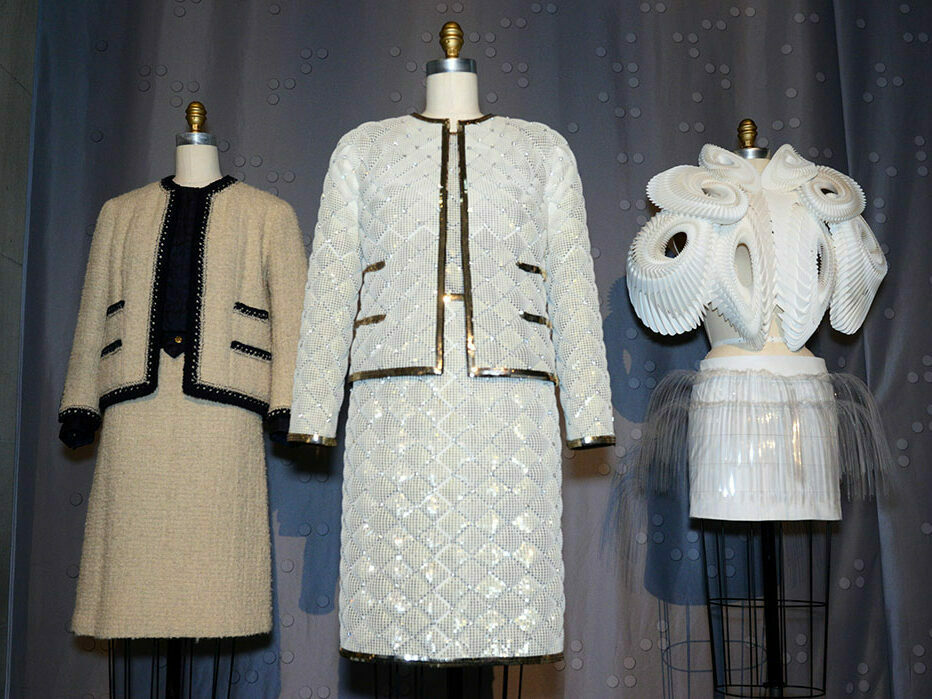Renting luxury fashion goods – just a technology-driven trend? One of the most asked questions when it comes to renting personal luxury goods voices a concern we all might have:
“Is it a luxury anymore once you’ve put it up for rent?”
Industry experts predicted the sharing economy to take over the luxury landscape at some point in the future, but not this fast.
The rise of fashion rental companies such as ‘Rent the Runway’ prove that renting luxury fashion is a very lucrative business, as the owners can make money by renting out what is in their wardrobes.
Rent the Runway Phenomenon
Modern technology allows for the development of innovative platforms which connect users to their renting services and, in this case, allow the owners of luxury fashion garments and accessories to rent them out for a profit.
As sharing service providers such as Airbnb continue to thrive, according to PricewaterhouseCoopers, the sharing economy is expected to reach $335 billion by 2025, with the luxury renting-sharing business taking a big chunk of it.
Sharing Luxury Fashion
Like it or not, renting is sharing. Whether you rent a place on Airbnb, a cab for a few minutes, or a bicycle for a few hours, you always rent from a service provider a product that you share with others.
Maybe not at the same time, as it is now possible with ‘share an Uber’, but you rent a product that others have rented before you. Nevertheless, any product you rent was, is, and will be used again in a similar fashion by others like you.
Appealing to Millennials
The same applies to luxury goods, and while it is easier to digest the idea of renting a jet, a yacht, or a mansion, renting and sharing personal luxury goods is still hard to comprehend and accept.
The idea that someone wore that jacket or dress before you surely make many of you cringe.
And here comes consumer segmentation.
If, to baby boomers, sharing personal luxury goods is out of the discussion when it comes to millennials, things couldn’t be more different.
Moreover, the understanding that renting personal luxury goods appeal to the younger generations made luxury brands design better ways to incentivize millennial consumers.
Smartphones Sharing Apps
The inspiration came from observing how smartphone contracts work and applying such knowledge in the fast-growing market of smartwatches. This strategy is a natural fit for the luxury smartwatches market, as millennials prefer small monthly payments just to rent the products over buying and owning them.
The Role of Blockchain
Renting luxury apparel and accessories is a trend to watch.
With the advent of blockchain technology which allows garment validation and authenticity verification on the blockchain, direct user-to-user payments for the garments and accessories rented, and reimbursements in case of loss or damages, renting luxury fashion seems a business ready to boom.
Bitcoin Cash Micropayments
Moreover, thanks to the adoption of blockchain technology, renters of personal luxury goods can now pay luxury owners and brands seeking ‘under contract’ consumers via micropayments.
Automatic micropayments provide service providers, be that a luxury owner or a brand, with a constant stream of revenue ‘extracted’ according to the services the wearer decides to activate.
These services comprise collecting and selling the user’s data, from consumption habits, biometrics, health and fitness tracking, and much more.
For example, when paired with a Bitcoin cash micropayment system, the service provider and can cut down on the monthly rent the user has to pay for using its luxury fashion goods.
Ending the Theocracy of Fashion
What is your take on renting luxury apparel trends? Would you rent a luxury smartwatch or a rare Chanel dress for a dinner gala? Let us know your thoughts in the comments below.






